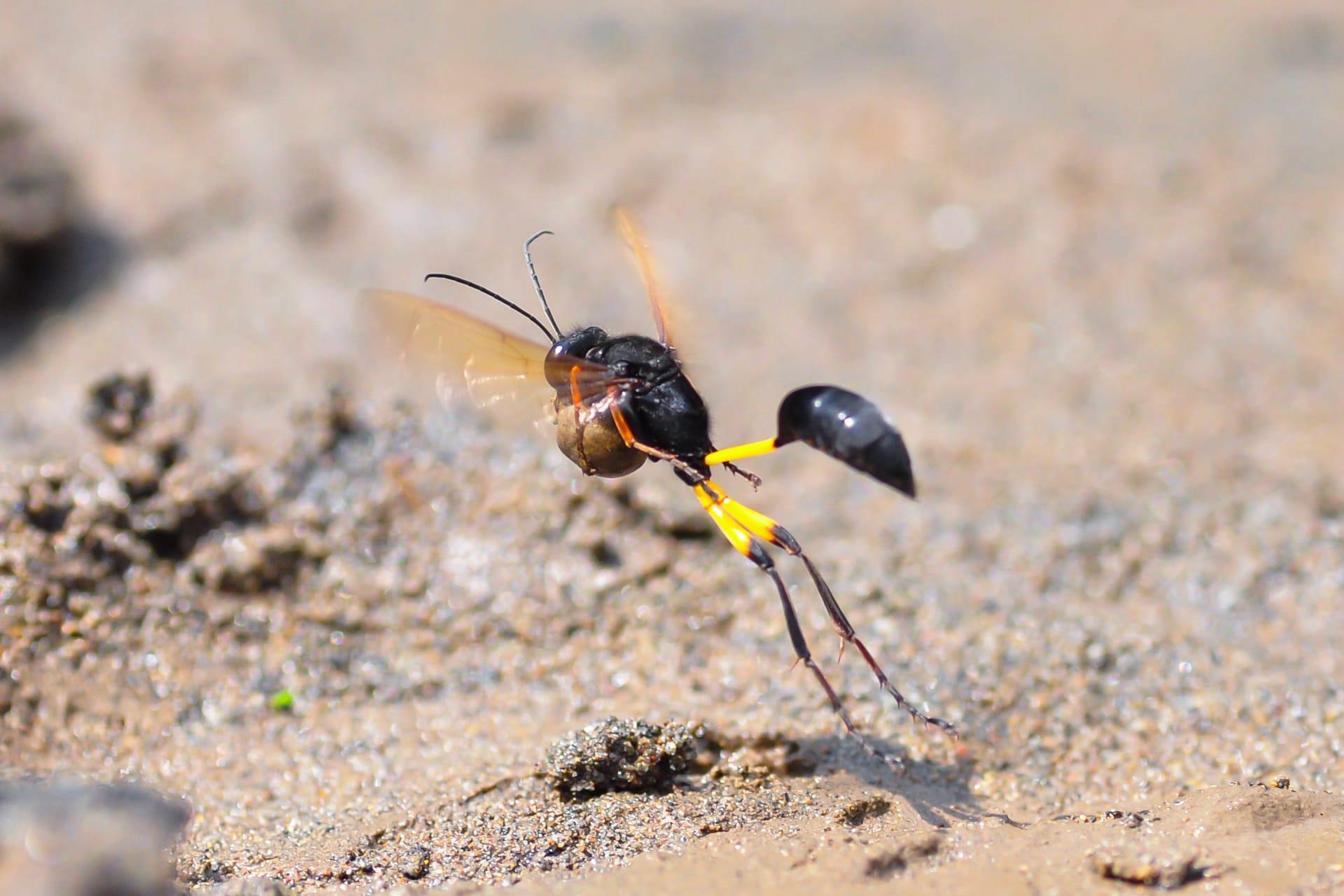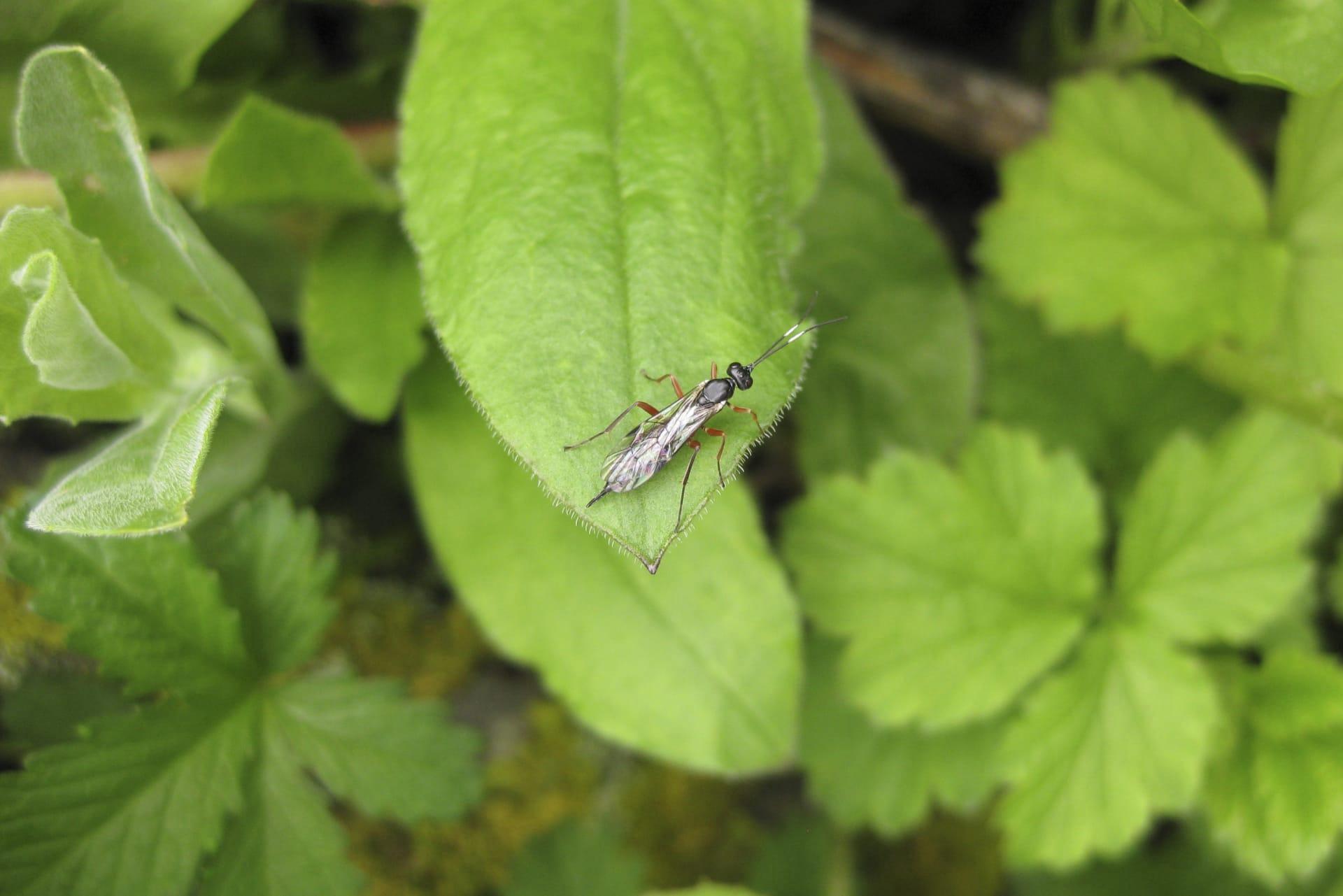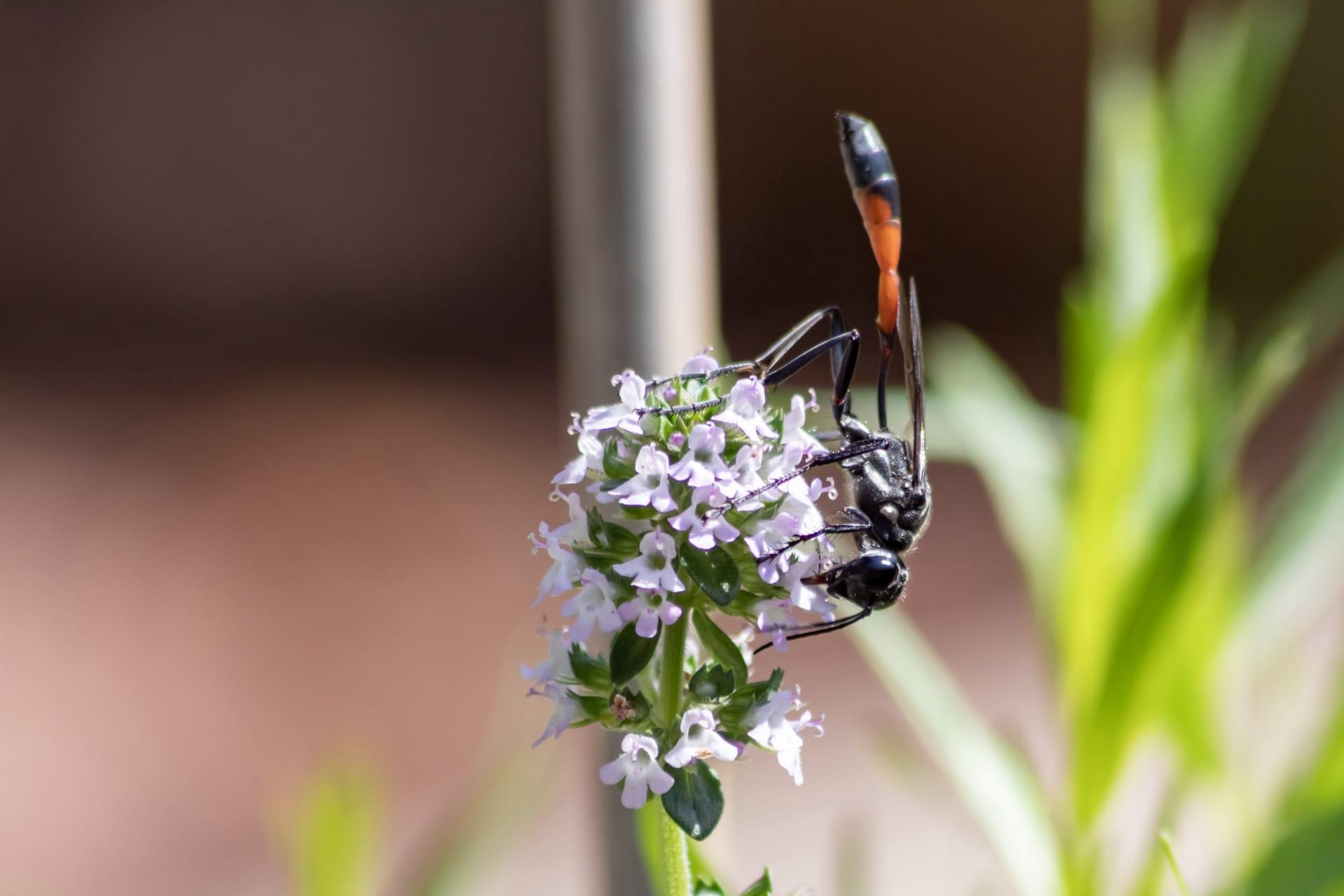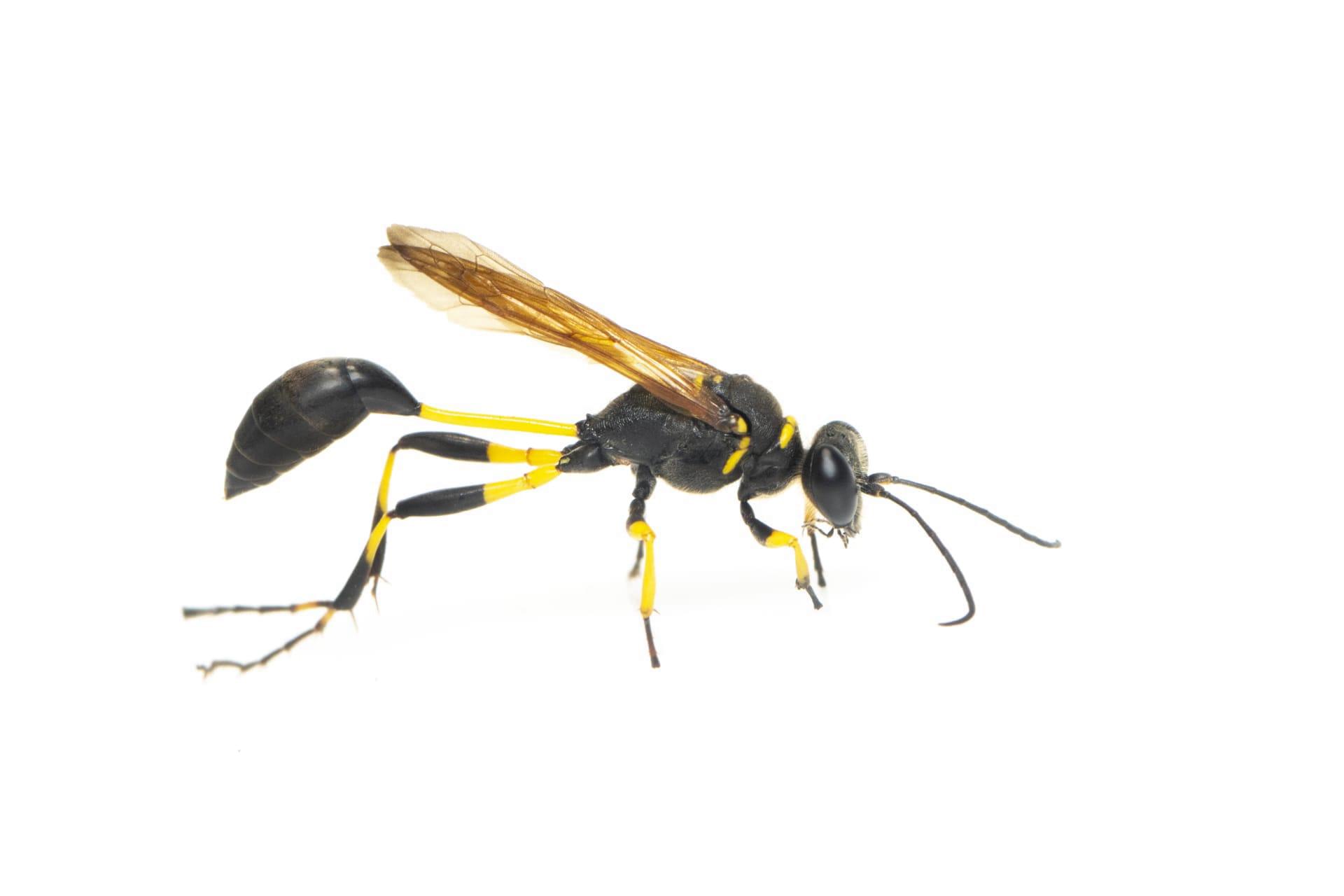Mud Wasp Trivia
- Home /
- Trivia Question /
- Animal /
- Mud Wasp Trivia
1
Question: What distinguishes the mud wasp from other wasp species in terms of appearance?
Answer: Mud wasps are known for their slender bodies and long legs, with a distinct length of about 0.5 to 1.5 inches (1.27 to 3.8 cm). Their color ranges from black to metallic blue or green. Unlike many other wasps, they lack the typical bright yellow markings. This sleek design aids in their agile flight and efficient mud collection for nest building.
Question: How do mud wasps build their nests and what materials do they use?
Answer: Mud wasps are skilled architects. They use mud to construct their nests, meticulously collecting it in their mandibles from wet earth. The mud is shaped into chambers or cells, which are often found under eaves, in sheds, or on the sides of buildings. Each chamber is a nursery, where a single egg is laid. The design of these nests varies among species, some creating cylindrical tubes, while others form clusters of cells.

2
Question: Do mud wasps pose a threat to humans?
Answer: Contrary to popular belief, mud wasps are not aggressive and rarely sting humans. They are solitary creatures and do not defend their nests as aggressively as social wasps, like yellow jackets. Their sting is mainly used for hunting prey. However, if threatened or handled, they can sting, which is painful but generally harmless unless one is allergic.
Question: Is it true that mud wasps only eat mud?
Answer: This is a misconception. Mud is used solely for nest construction. Adult mud wasps primarily feed on nectar and help in pollination. They also hunt spiders or caterpillars, which are paralyzed with their sting and placed in the nest chambers as food for their larvae.

3
Question: What role do mud wasps play in the ecosystem?
Answer: Mud wasps are beneficial insects. They help control spider populations as they predominantly hunt spiders to feed their larvae. This predatory behavior aids in keeping a balanced ecosystem. Additionally, their nectar diet makes them effective pollinators for various plants and flowers.
Question: How do mud wasps reproduce, and what is their life cycle?
Answer: The life cycle of mud wasps begins with the female laying eggs in the individual mud cells. After laying an egg, she hunts for a spider or caterpillar, paralyzes it with her sting, and places it in the cell as food. Once the egg hatches, the larva feeds on the provided prey. After pupating in the cell, the adult wasp emerges to start the cycle anew. This cycle typically spans from spring to late summer.

4
Question: Can mud wasps be found in urban environments?
Answer: Yes, mud wasps adapt well to urban areas. They often build their nests in sheltered locations like under eaves, inside garages, or on the sides of buildings. Their adaptability to different environments, including urban settings, is a testament to their resilience and versatility.
Question: How do mud wasps contribute to controlling pest populations?
Answer: Mud wasps play a crucial role in natural pest control. By hunting spiders and caterpillars, they help manage the population of these species, which can be pests in gardens and crops. Their predatory nature indirectly benefits agriculture and garden maintenance, making them valuable allies in managing ecological balance.

5
Question: What is the average lifespan of a mud wasp?
Answer: The lifespan of a mud wasp varies by species, but generally, they live for about a year. This period encompasses their entire life cycle, from egg to larva, pupa, and adult stages. However, the adult stage, which is most visible to us, typically lasts only a few weeks to a couple of months during the warmer seasons.
Question: Are mud wasps solitary or do they live in colonies?
Answer: Mud wasps are solitary insects. Unlike bees or some other wasp species, they do not form colonies. Each female mud wasp independently builds her own nest, lays eggs, and gathers food for her offspring. This solitary nature often leads to a lower risk of human-wasp interactions compared to social wasps.